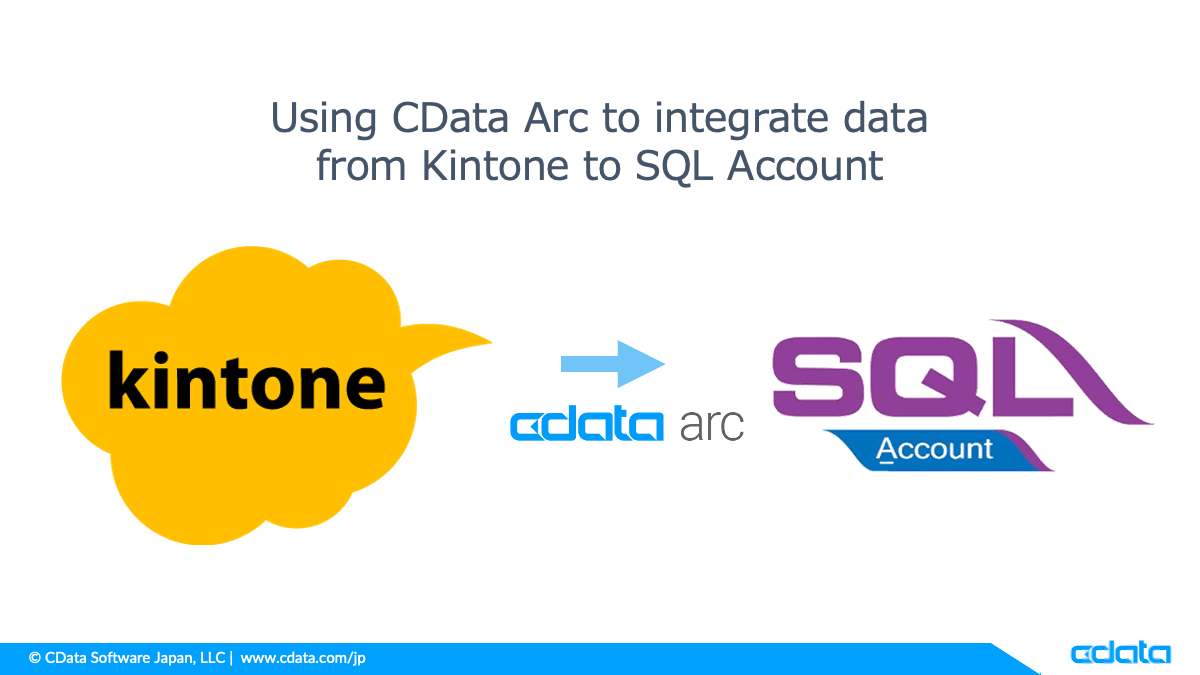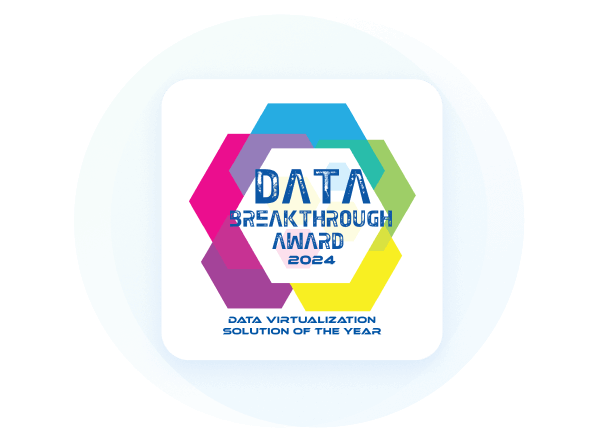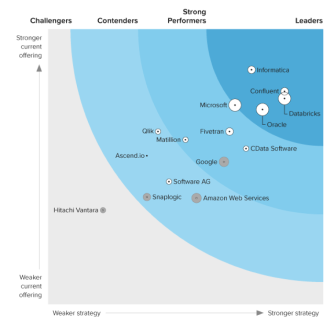Discover how a bimodal integration strategy can address the major data management challenges facing your organization today.
Get the Report →Replicate Multiple BigQuery Accounts
Replicate multiple BigQuery accounts to one or many databases.
CData Sync for BigQuery is a stand-alone application that provides solutions for a variety of replication scenarios such as replicating sandbox and production instances into your database. Both Sync for Windows and Sync for Java include a command-line interface (CLI) that makes it easy to manage multiple BigQuery connections. In this article we show how to use the CLI to replicate multiple BigQuery accounts.
Configure BigQuery Connections
You can save connection and email notification settings in an XML configuration file. To replicate multiple BigQuery accounts, use multiple configuration files. Below is an example configuration to replicate BigQuery to SQLite:
Windows
<?xml version="1.0" encoding="UTF-8" ?>
<CDataSync>
<DatabaseType>SQLite</DatabaseType>
<DatabaseProvider>System.Data.SQLite</DatabaseProvider>
<ConnectionString>DataSetId=MyDataSetId;ProjectId=MyProjectId;</ConnectionString>
<ReplicateAll>False</ReplicateAll>
<NotificationUserName></NotificationUserName>
<DatabaseConnectionString>Data Source=C:\my.db</DatabaseConnectionString>
<TaskSchedulerStartTime>09:51</TaskSchedulerStartTime>
<TaskSchedulerInterval>Never</TaskSchedulerInterval>
</CDataSync>
Java
<?xml version="1.0" encoding="UTF-8" ?>
<CDataSync>
<DatabaseType>SQLite</DatabaseType>
<DatabaseProvider>org.sqlite.JDBC</DatabaseProvider>
<ConnectionString>DataSetId=MyDataSetId;ProjectId=MyProjectId;</ConnectionString>
<ReplicateAll>False</ReplicateAll>
<NotificationUserName></NotificationUserName>
<DatabaseConnectionString>Data Source=C:\my.db</DatabaseConnectionString>
</CDataSync>
Google uses the OAuth authentication standard. To access Google APIs on behalf of individual users, you can use the embedded credentials or you can register your own OAuth app.
OAuth also enables you to use a service account to connect on behalf of users in a Google Apps domain. To authenticate with a service account, you will need to register an application to obtain the OAuth JWT values.
In addition to the OAuth values, you will need to specify the DatasetId and ProjectId. See the "Getting Started" chapter of the help documentation for a guide to using OAuth.
Configure Queries for Each BigQuery Instance
Sync enables you to control replication with standard SQL. The REPLICATE statement is a high-level command that caches and maintains a table in your database. You can define any SELECT query supported by the BigQuery API. The statement below caches and incrementally updates a table of BigQuery data:
REPLICATE Orders;
You can specify a file containing the replication queries you want to use to update a particular database. Separate replication statements with semicolons. The following options are useful if you are replicating multiple BigQuery accounts into the same database:
You can use a different table prefix in the REPLICATE SELECT statement:
REPLICATE PROD_Orders SELECT * FROM Orders
Alternatively, you can use a different schema:
REPLICATE PROD.Orders SELECT * FROM Orders
Run Sync
After you have configured the connection strings and replication queries, you can run Sync with the following command-line options:
Windows
GoogleBigQuerySync.exe -g MyProductionGoogleBigQueryConfig.xml -f MyProductionGoogleBigQuerySync.sql
Java
java -Xbootclasspath/p:c:\sqlitejdbc.jar -jar GoogleBigQuerySync.jar -g MyProductionGoogleBigQueryConfig.xml -f MyProductionGoogleBigQuerySync.sql







